We spend so much time in our backyards and with our pets that we sometimes forget about the hidden dangers and accidents waiting to happen. Learn about creating a pet-friendly backyard so everyone lives long, well and chill in the backyard.
Read our best backyard tips and ideas to keep curious paws safe.
1. Avoid Toxic Plants
Many plants are potentially toxic to pets, including aconite, chrysanthemum, daffodil, tulips, foxglove, tomato, wisteria, delphinium, and buttercup. Avoid growing these plants in your yard. Symptoms can include vomiting, rashes, lethargy and seizures. Know your local emergency vet and call if your pet has any symptoms.
2. Pet-safe Outdoor Furniture
Pets love to hang out where their humans are, which often involves laying all over the outdoor furniture.
Furniture for your yard should be robust enough for the safety of your pets. Lightweight plastic chairs can tip over during uncontrollable play. Similarly, a lightweight table can tip over or collapse when your pet places its paws on it. An easy fix is to give your fur friend its own furniture to lay about on.

The Plantation Pet Basket lets your furry king or queen survey the backyard from a their own stylish throne.
3. Heat Stress
It doesn’t take much for pets to become overheated and stressed in our Australian summer but a few simple steps can ensure pets remain relaxed and happy.
- Ensure there is always more than one water source if it is emptied or knocked over. Add some ice cubes to keep the water bowl cool.
- Our pets like to lay down and chill out on a hot day, leave out some wet towels or fill a hot water bottle with ice water and place it in the shade.
- If you can bring your pet inside on a hot day that is always a fantastic option, especially when the aircon is blasting. The SureFlap Microchip Pet Door technology uses your pet's own microchip to unlock your pet door.
- If there is no natural shade in your backyard maybe think about adding a small shrub which can usually give enough shade if placed in the right spot.
- A special little place for your pet to call home will ensure they stay happy, a kennel can offer much needed relief when facing a scorcher in the backyard.
The i.Pet Dog Extra Large Kennel is made of high-quality fir wood and RoHS-certified eco-friendly materials, the UV-resistant asphalt roof insulates your furry friend from the heat and gives you peace of mind.

4. Safe Water to Drink
A gorgeous water feature can help relax and recharge you in your backyard oasis but it can prove sinister for our four-legged friends. Avoid using chlorine tablets to kill algae in your small water features; it can make the chlorine content too high. It's best to use natural products; you can also install UV lights that kill algae spores without affecting the water. So, your pets won't get hurt if they drink it. Check out UV-H18 HAQOS Aquarium & Pond UV Sterilizer Clarifier.
The Petsafe Drinkwell Fountain is a continual stream of free flowing water that entices your pet to drink fresh filtered water. If your mutt likes to drink from tap, this is the answer. It comes in three sizes to suit every pet.

Petsafe Drinkwell Fountain
5. Fence Them In & Out
To keep your favourite fur friend safe you need a robust good quality fence to keep them inside and away from danger. The fence or wall should be 1.2 metres high for small dogs, but for larger dogs that can jump think about increasing the height to about 1.5 to 1.8 metres. Keep a watchful eye for any gaps in the fencing that can turn into a perfectly dug trenches for a canine escape.
A secure pool fence is just as important for kids and pets to keep them out of the pool area and safe when their humans are not around to supervise.
6. Rethink Toxic Chemicals

Cats have trust issues at the best of times, we don’t want to have a grumpy cat because we accidentally making him/her sick with the wrong weed killer. Pesticides, herbicides, and insecticides are great at keeping our backyard free of damaging insects and weeds, but they're not pet-safe. These treatments are irritants to pets and can be poisonous when ingested. Keep these dangerous chemicals in a secure area where your pet can't reach them.
However, a treated backyard can be hazardous to your pets. Your pet ingests these chemicals by licking their paws or other body parts that have come in contact with the treated backyard.
Pesticides, herbicides, and insecticides can cause skin rashes, nausea, fever, vomiting, seizures, diarrhea, respiratory problems, and respiratory failures. So, restrict your pet's entry into the treated backyard for at least 2 days. And if you still have doubts, wash their paws with shampoo and water.
7. Safe Fertilizers
Most fertilizers available in the market are composed of nitrogen, phosphorus, and potassium. All these chemicals are toxic to pets. Nitrogenous fertilizers can burn your pet's paws, and their ingestion can cause vomiting and diarrhea.
Use organic fertilizers in your backyard; they're a safer option than chemical fertilizers. Even if you use organic fertilizer, play it safe by restricting your pet's entry for one day in the backyard.
If you want a completely organic option, seaweed has 60 trace minerals that will plump up your bushes and make your lawn sing.
No need to schlep it home from the beach, seaweed fertilizer is available in ground and spray-on form.

8. Digging up Mushrooms
Although they look spectacular in your backyard, mushrooms can be poisonous to your pets. You may not be growing them, but that won't stop them from growing in your backyard. Mushrooms are found in various varieties, some are safe, but others are toxic to your pets. Unless you're a mushroom expert, get those potentially harmful fungi out of your backyard as soon as you notice them. Say No to the Shroom!
Designing your backyard with furry friends in mind is all about creating something that lends itself to being shared with pets. Your backyard or garden probably contains a few hidden dangers that can injure or poison your pets.
Follow these tips to create a pet-safe backyard, and check out the Over the Fence tips below for information on pet first aid and identifying toxic plants. Share your ideas on how to keep pets safe in the backyard in the comments below.
Over the Fence
Sharing knowledge over the fence in our Best Backyard community
Check out some of these resources to create a pet friendly backyard this year.
|
|


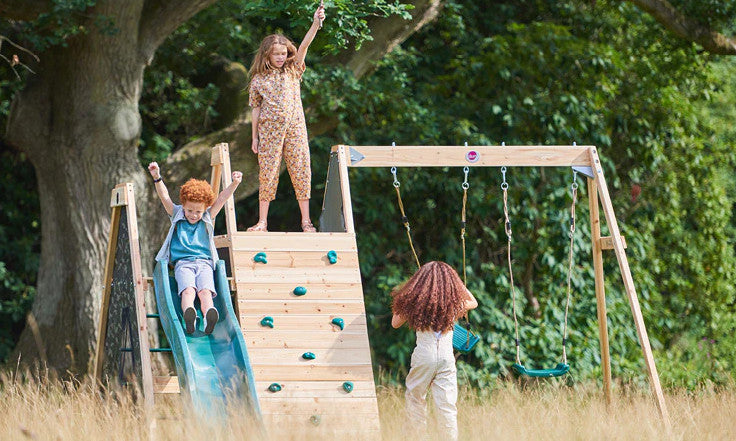
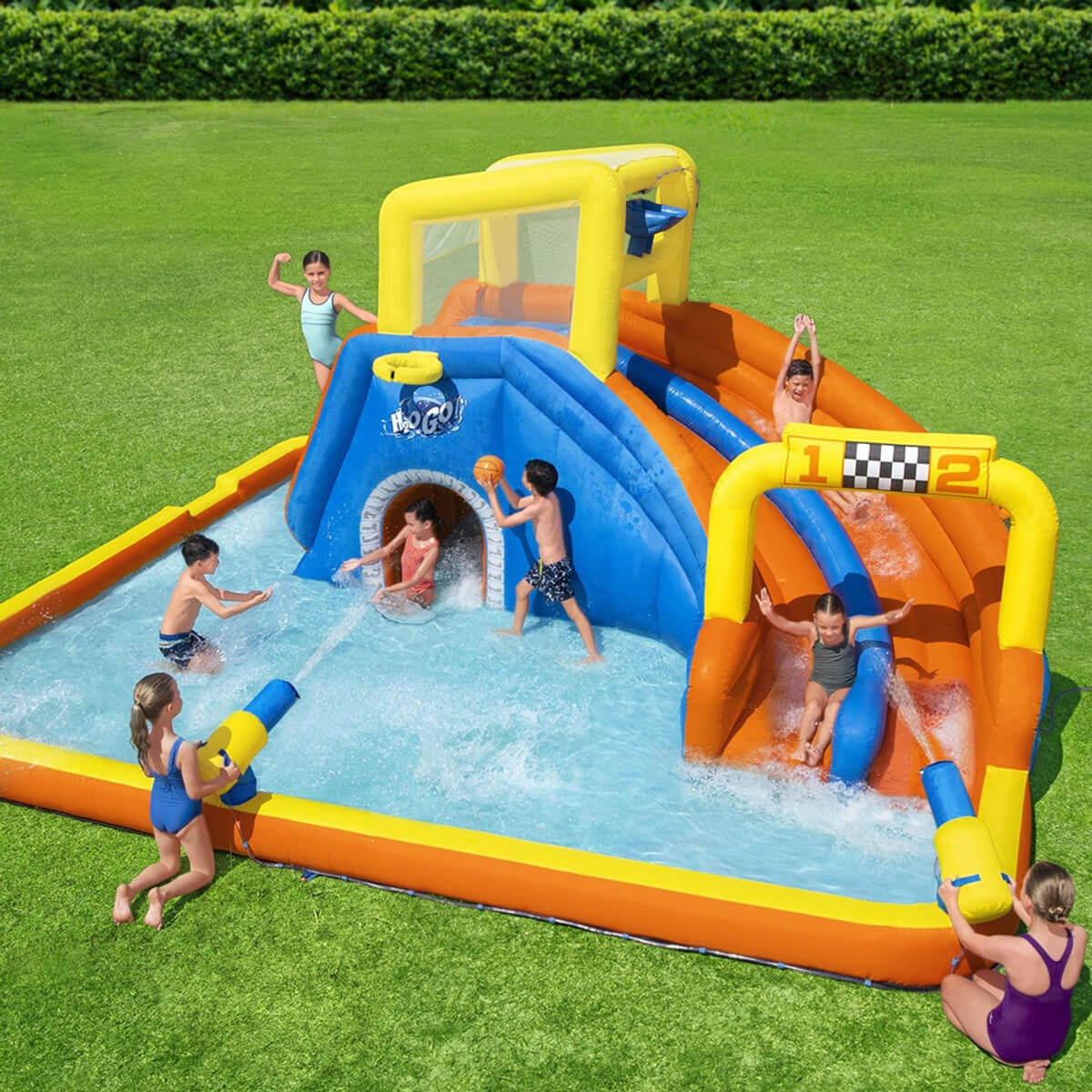
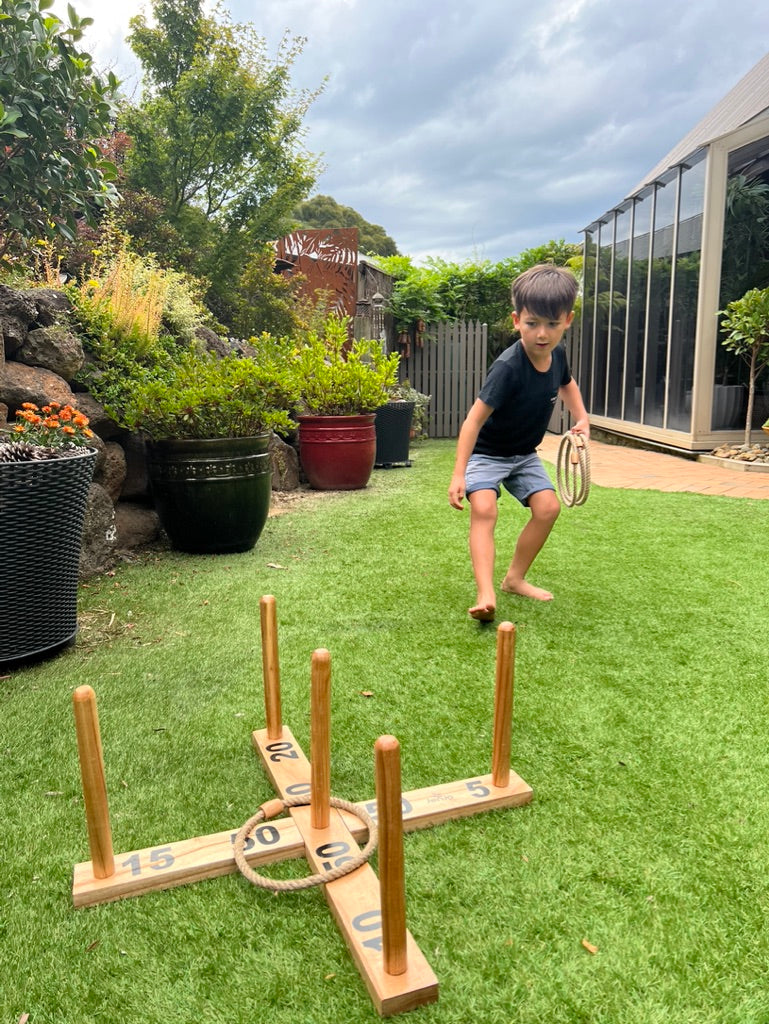
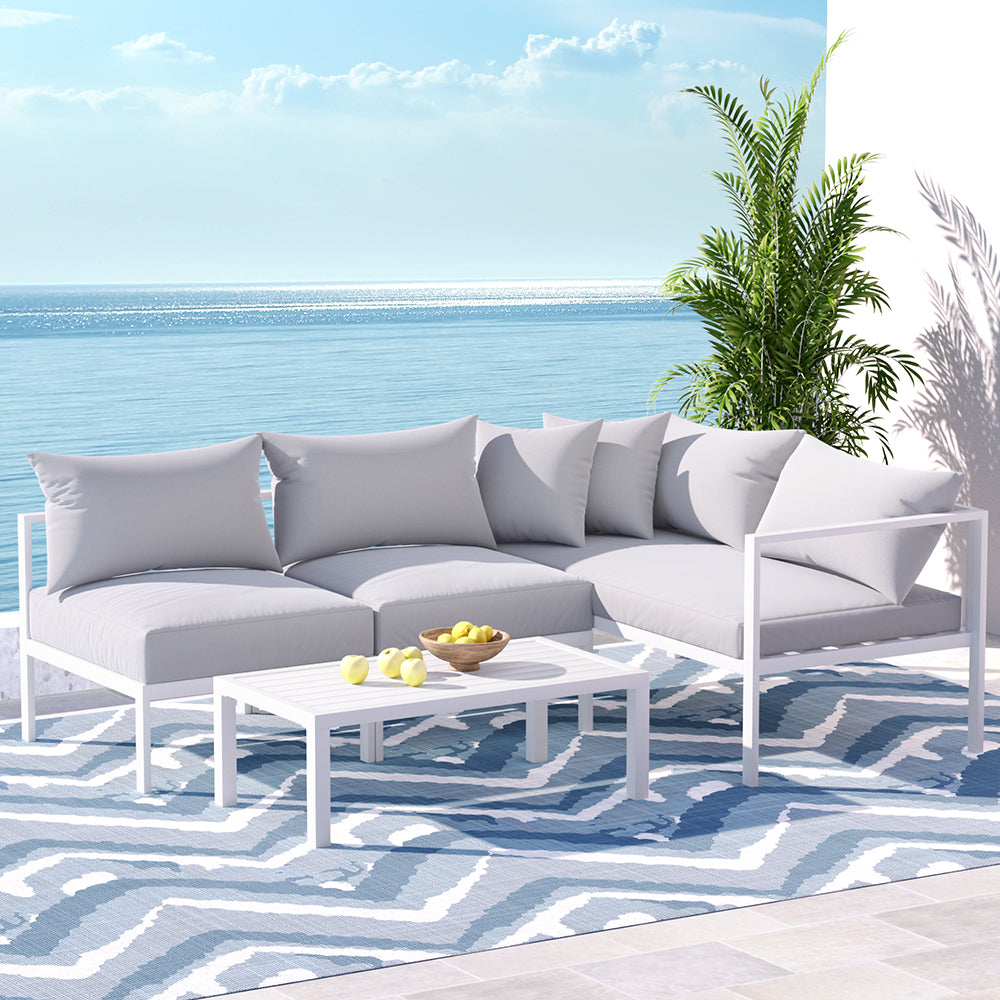
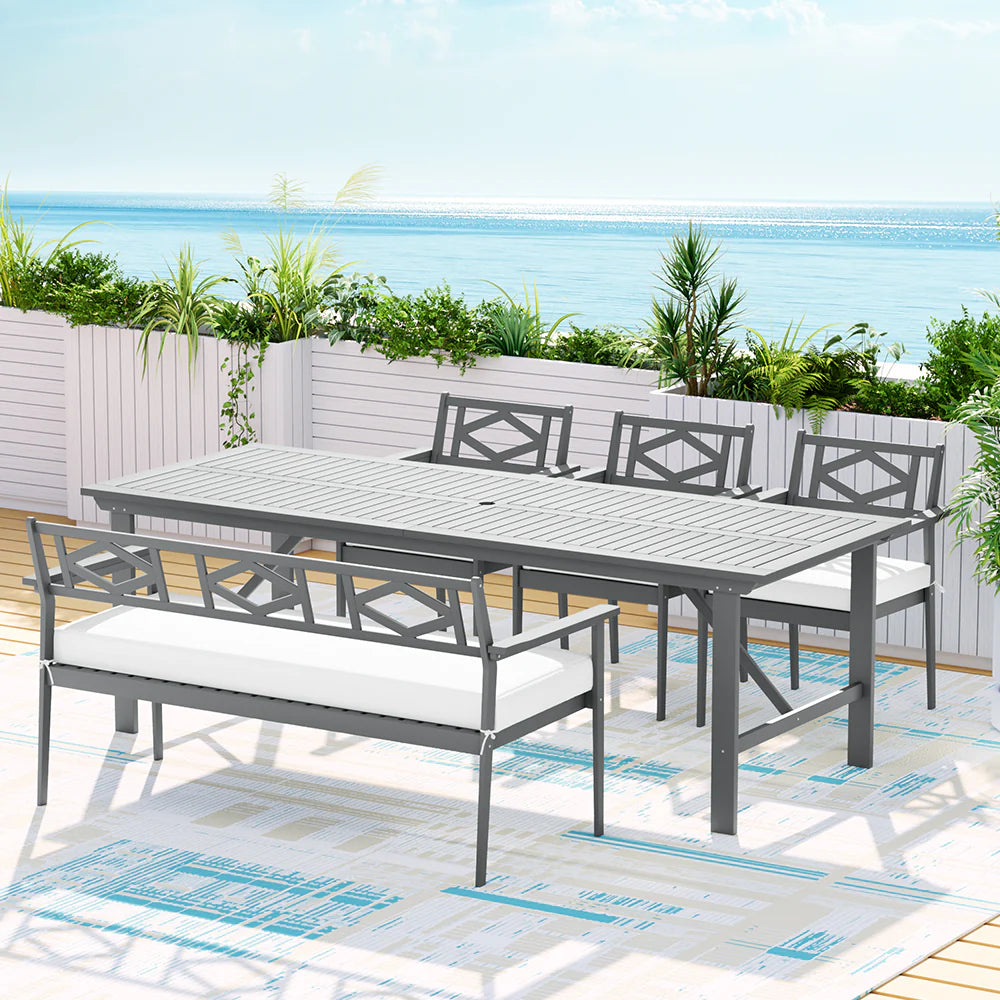
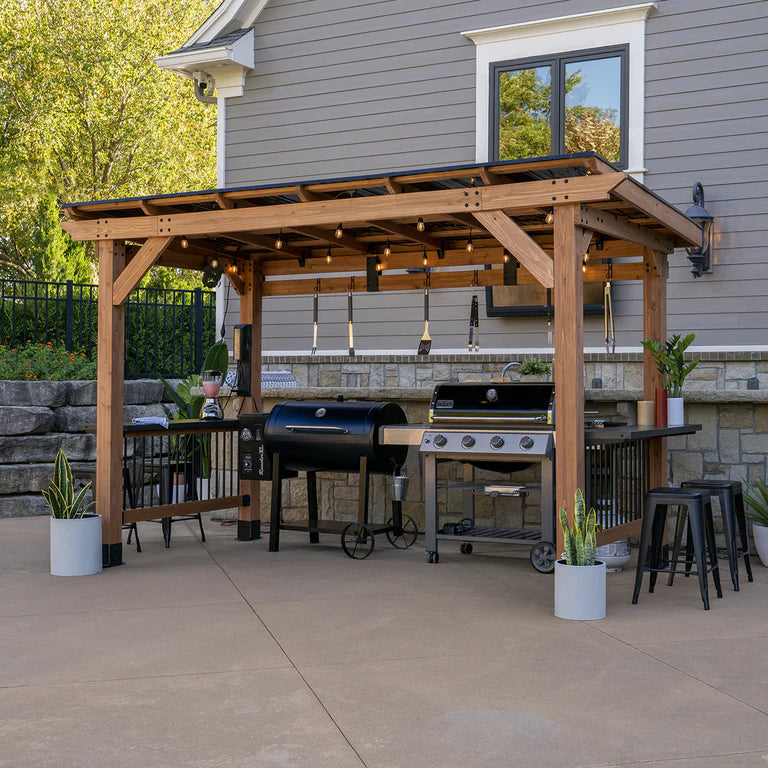
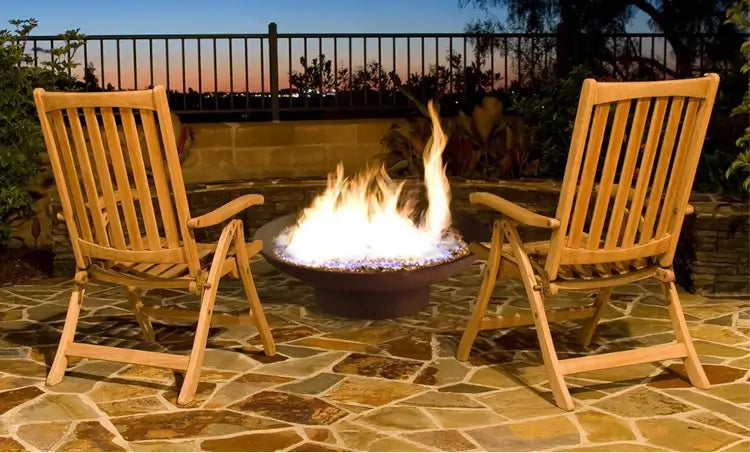
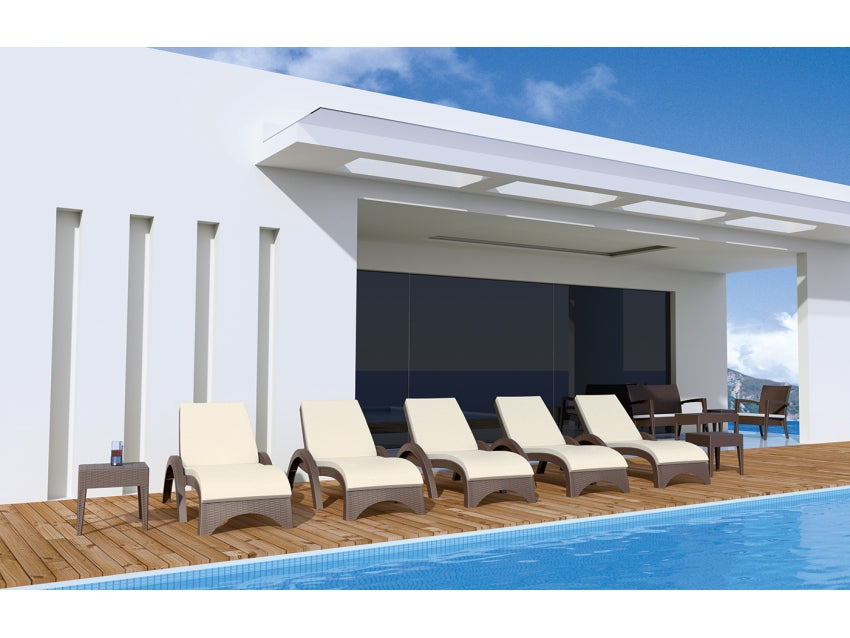
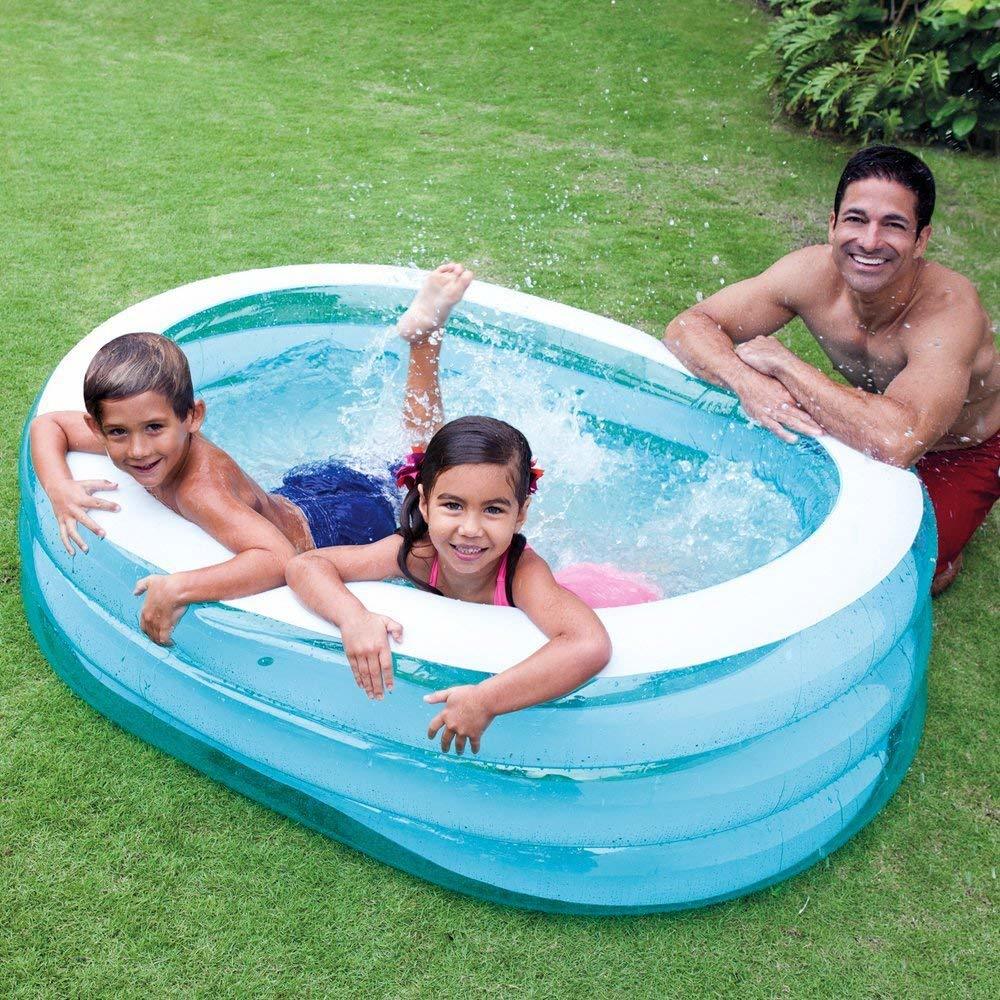
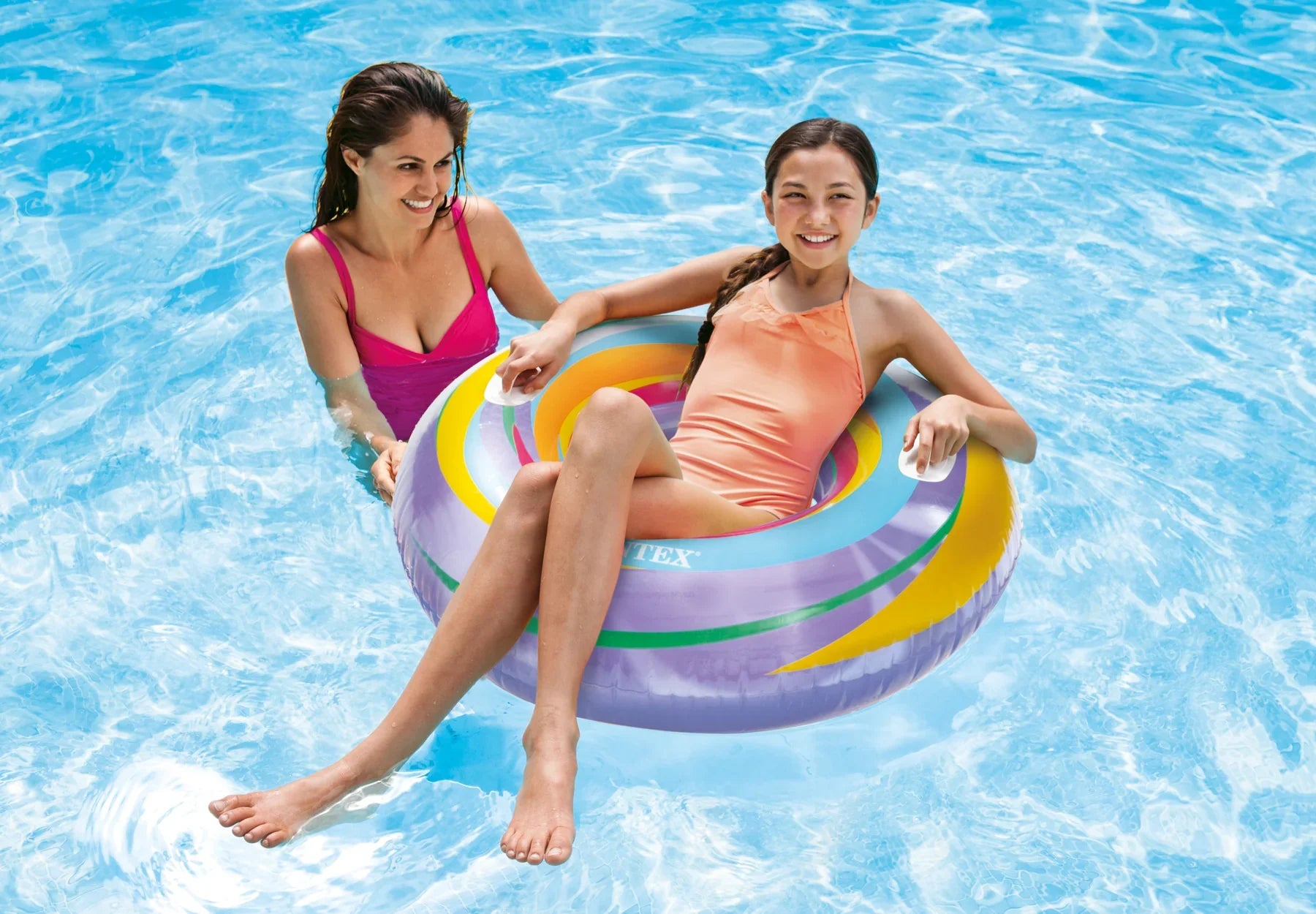
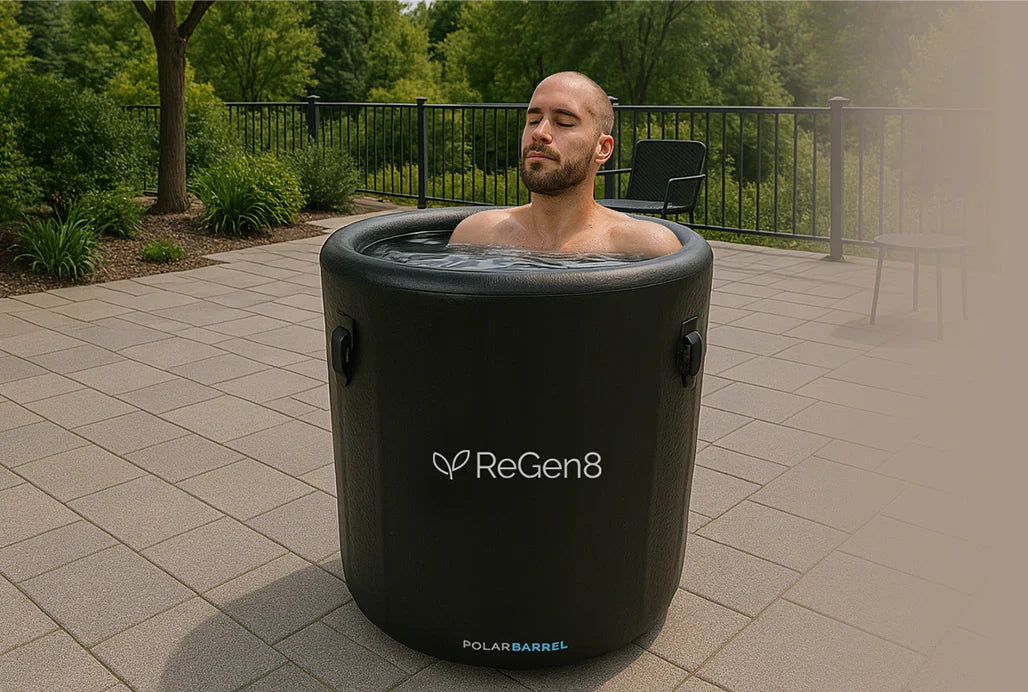



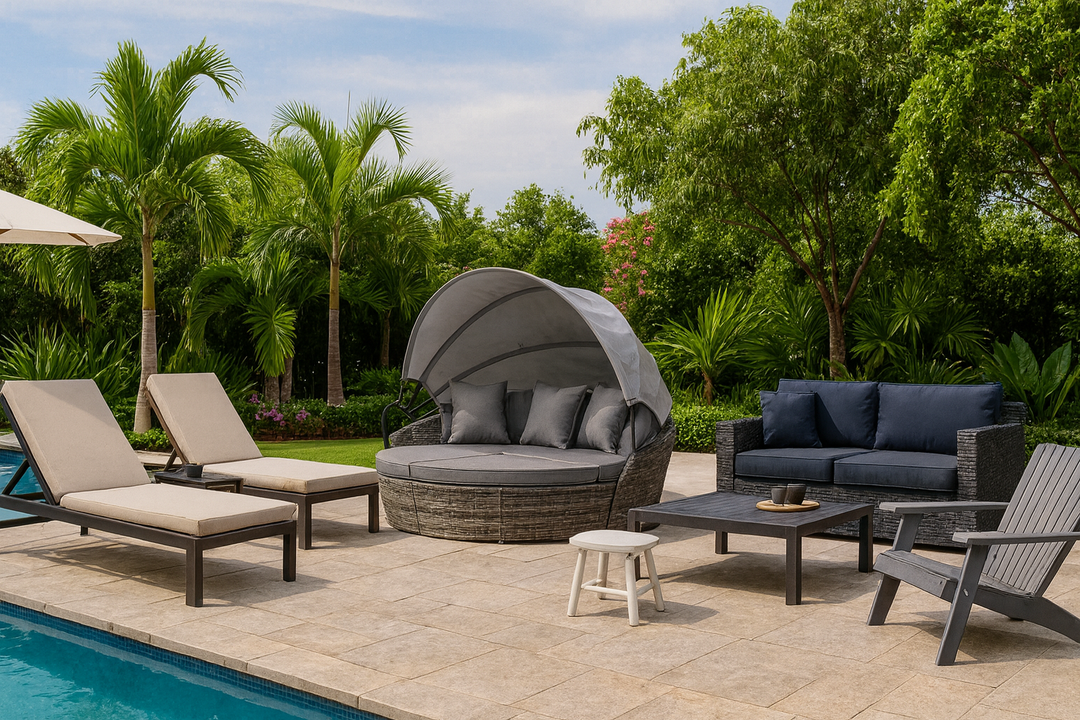
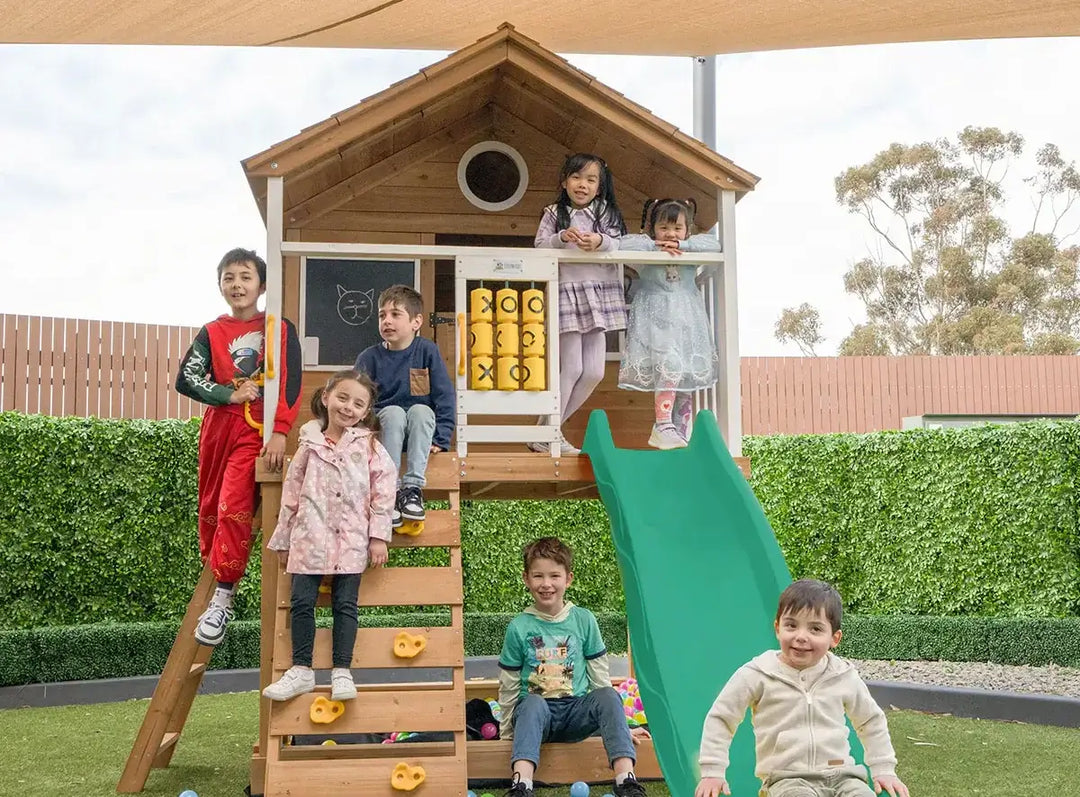
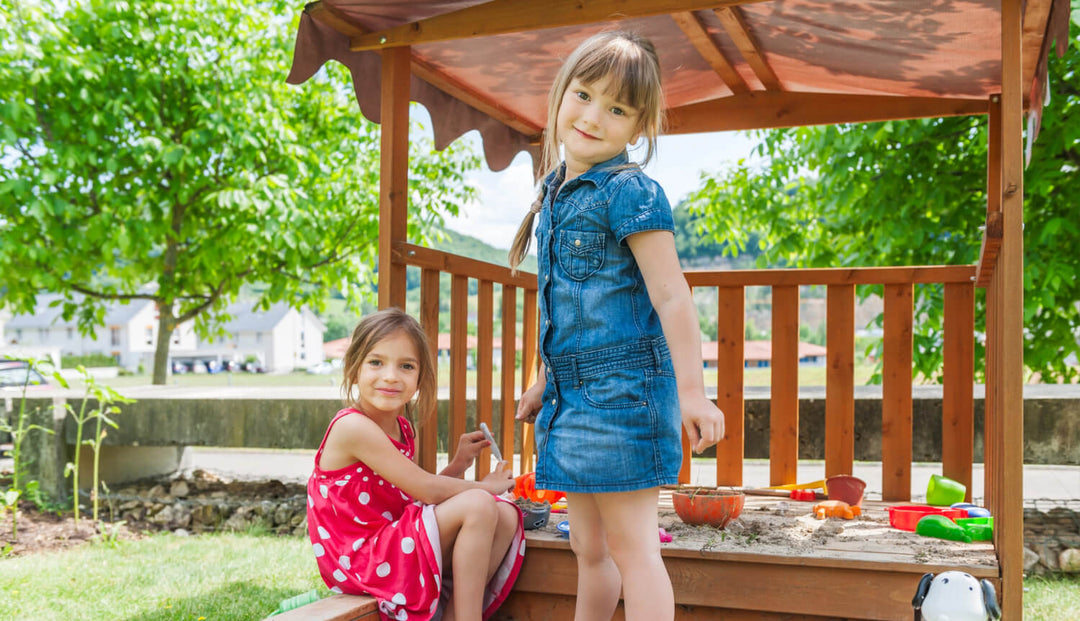
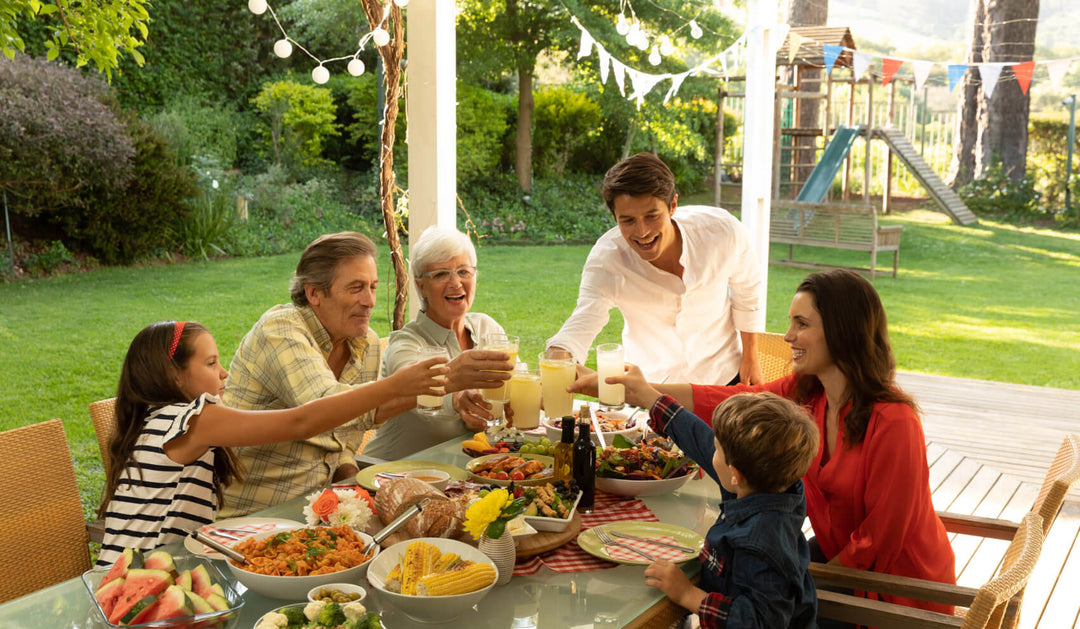
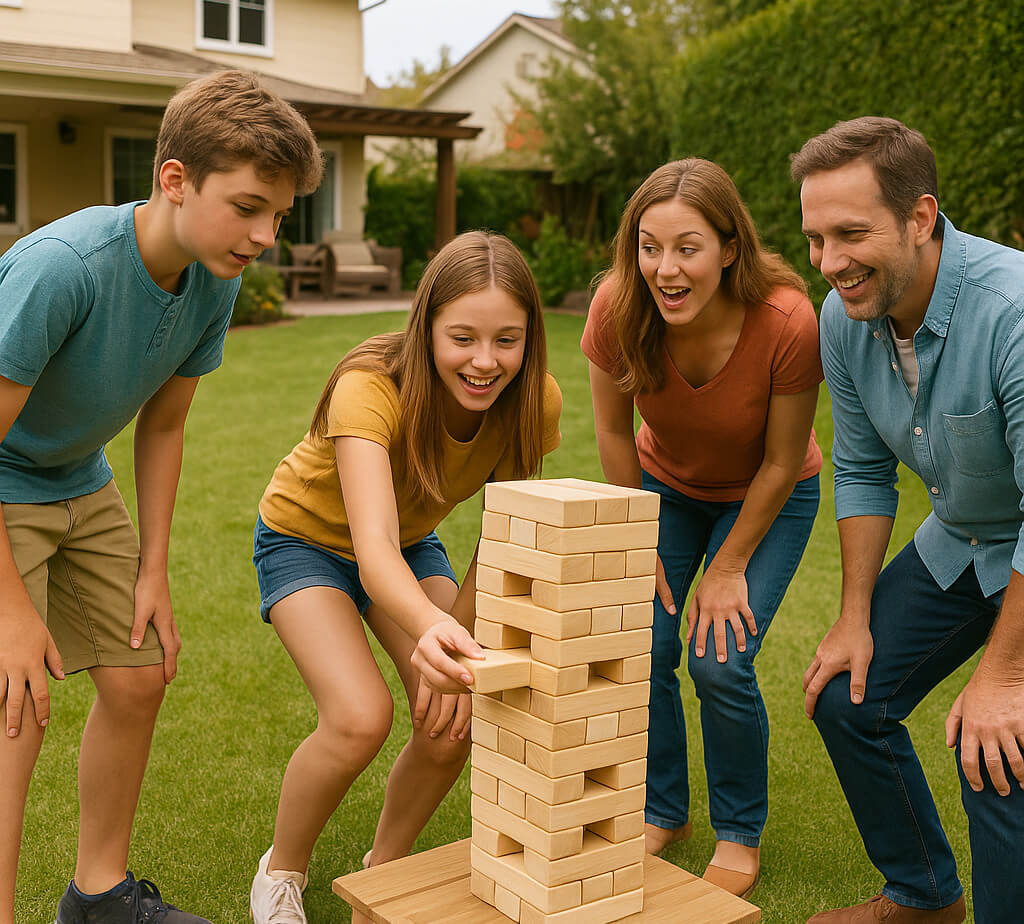
Leave a comment